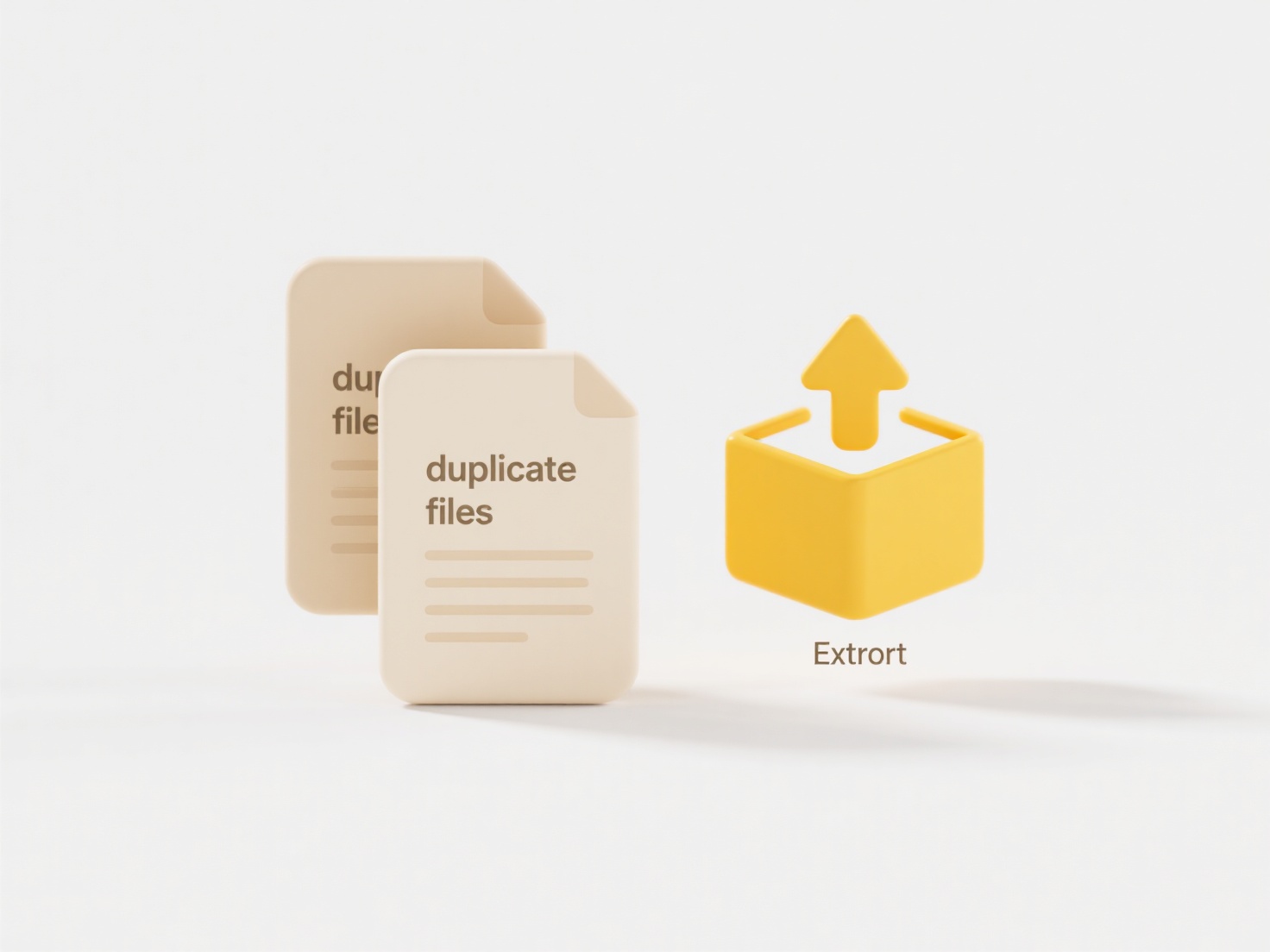
Maintaining consistent folder names involves establishing standardized naming rules that all users follow over extended periods. This ensures files remain organized logically as new folders appear, rather than devolving into chaotic personal conventions. Key principles include using descriptive but concise names, fixed formats for dates/versions, and hierarchical structures that group related content together—differing from temporary or individualized naming schemes.

For example, financial teams might adopt "YYYYMMDD_ReportType_Department" format for monthly statements so Q32023_Invoices_AP remains clear years later. Media studios often use "ProjectCode_ClientName_AssetType" like PRJ142_Acme_Logos, establishing traceability across storage platforms from NAS drives to cloud services such as Dropbox or SharePoint.
The primary advantage is dramatically improved findability and reduced learning curves for new team members. However, requiring organizational buy-in poses adoption challenges, and overly rigid systems might struggle with unconventional projects. Future developments include AI-assisted tagging and automated pattern enforcement in DAM systems, helping enterprises sustain coherence as digital assets multiply exponentially.
How do I keep consistent folder names over time?
Maintaining consistent folder names involves establishing standardized naming rules that all users follow over extended periods. This ensures files remain organized logically as new folders appear, rather than devolving into chaotic personal conventions. Key principles include using descriptive but concise names, fixed formats for dates/versions, and hierarchical structures that group related content together—differing from temporary or individualized naming schemes.

For example, financial teams might adopt "YYYYMMDD_ReportType_Department" format for monthly statements so Q32023_Invoices_AP remains clear years later. Media studios often use "ProjectCode_ClientName_AssetType" like PRJ142_Acme_Logos, establishing traceability across storage platforms from NAS drives to cloud services such as Dropbox or SharePoint.
The primary advantage is dramatically improved findability and reduced learning curves for new team members. However, requiring organizational buy-in poses adoption challenges, and overly rigid systems might struggle with unconventional projects. Future developments include AI-assisted tagging and automated pattern enforcement in DAM systems, helping enterprises sustain coherence as digital assets multiply exponentially.
Quick Article Links
How do I share files using WeTransfer, Dropbox, or Google Drive?
Sharing files with WeTransfer, Dropbox, or Google Drive involves uploading your files to their online cloud services and...
Can I save files with language-specific tags (e.g., EN, FR)?
Saving files with language-specific tags like EN for English or FR for French involves appending standardized ISO langua...
Why does a file download with a .download or .crdownload extension?
Files downloaded through web browsers often appear with .download or .crdownload extensions during the transfer. These e...